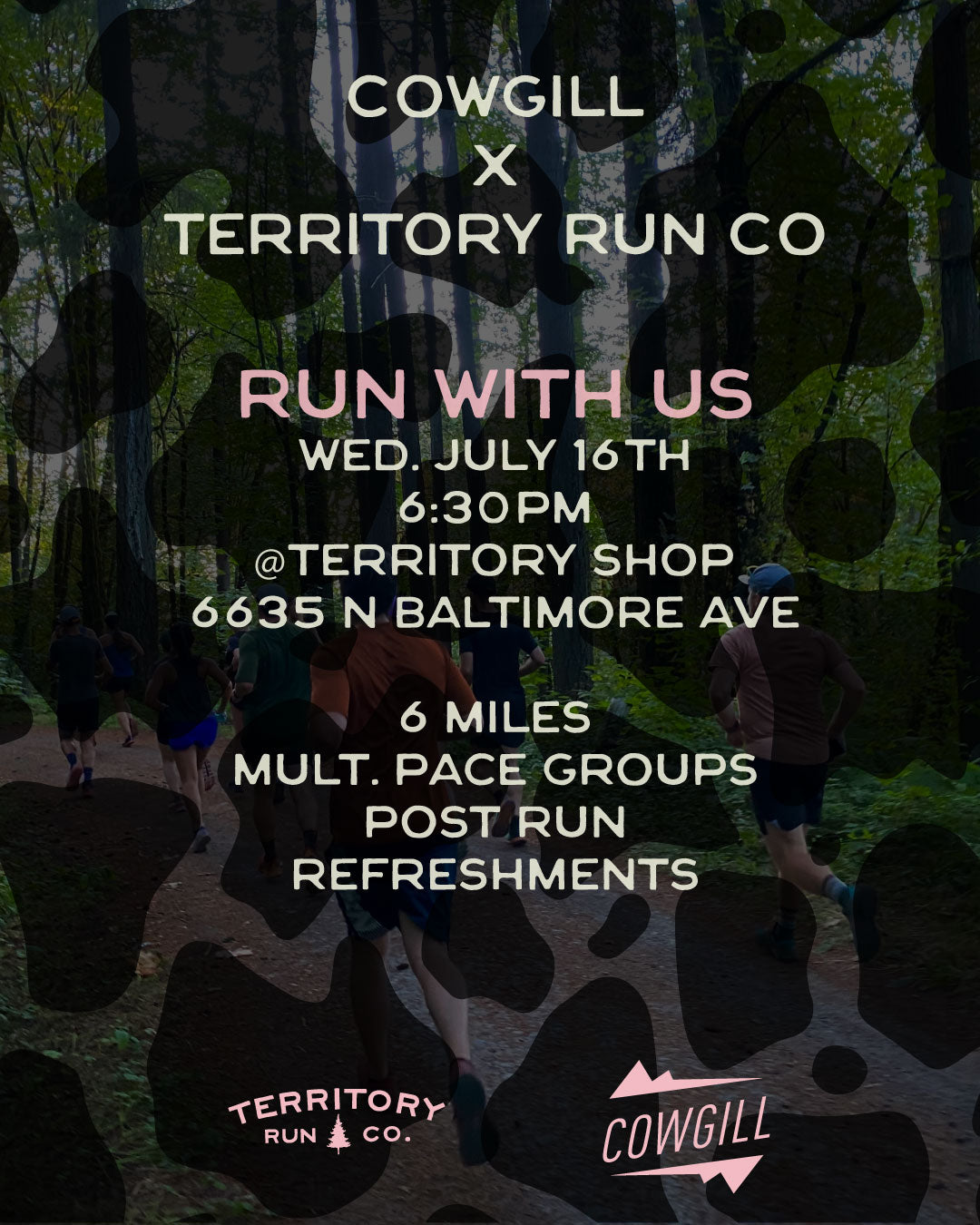Run Journal
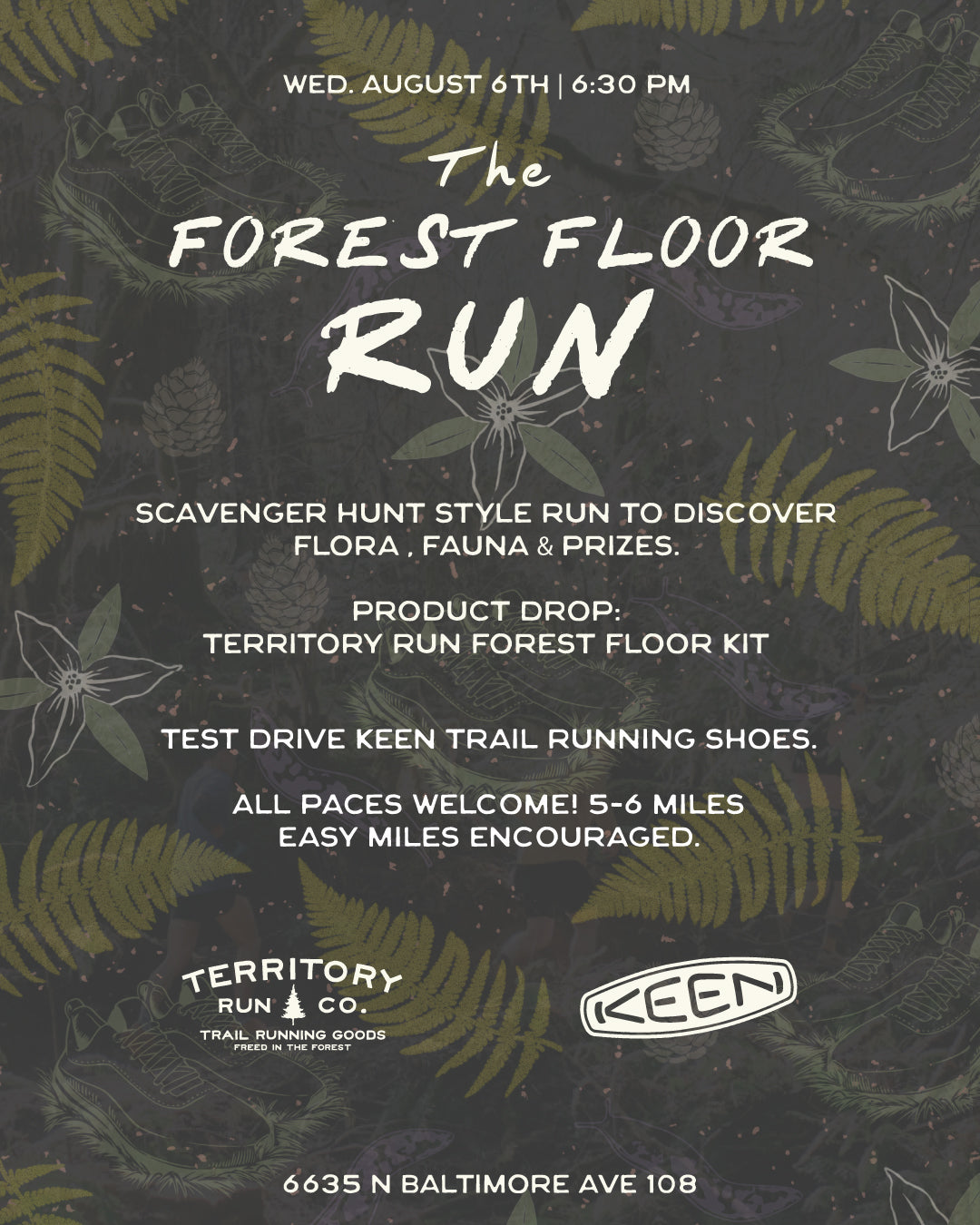
Forest Floor Run
To celebrate our new Forest Floor Kit, we’re hosting a scavenger hunt-style group run from our shop that’ll have you chasing down wildlife through Forest Park with prizes along the...
Forest Floor Run
To celebrate our new Forest Floor Kit, we’re hosting a scavenger hunt-style group run from our shop that’ll have you chasing down wildlife through Forest Park with prizes along the...
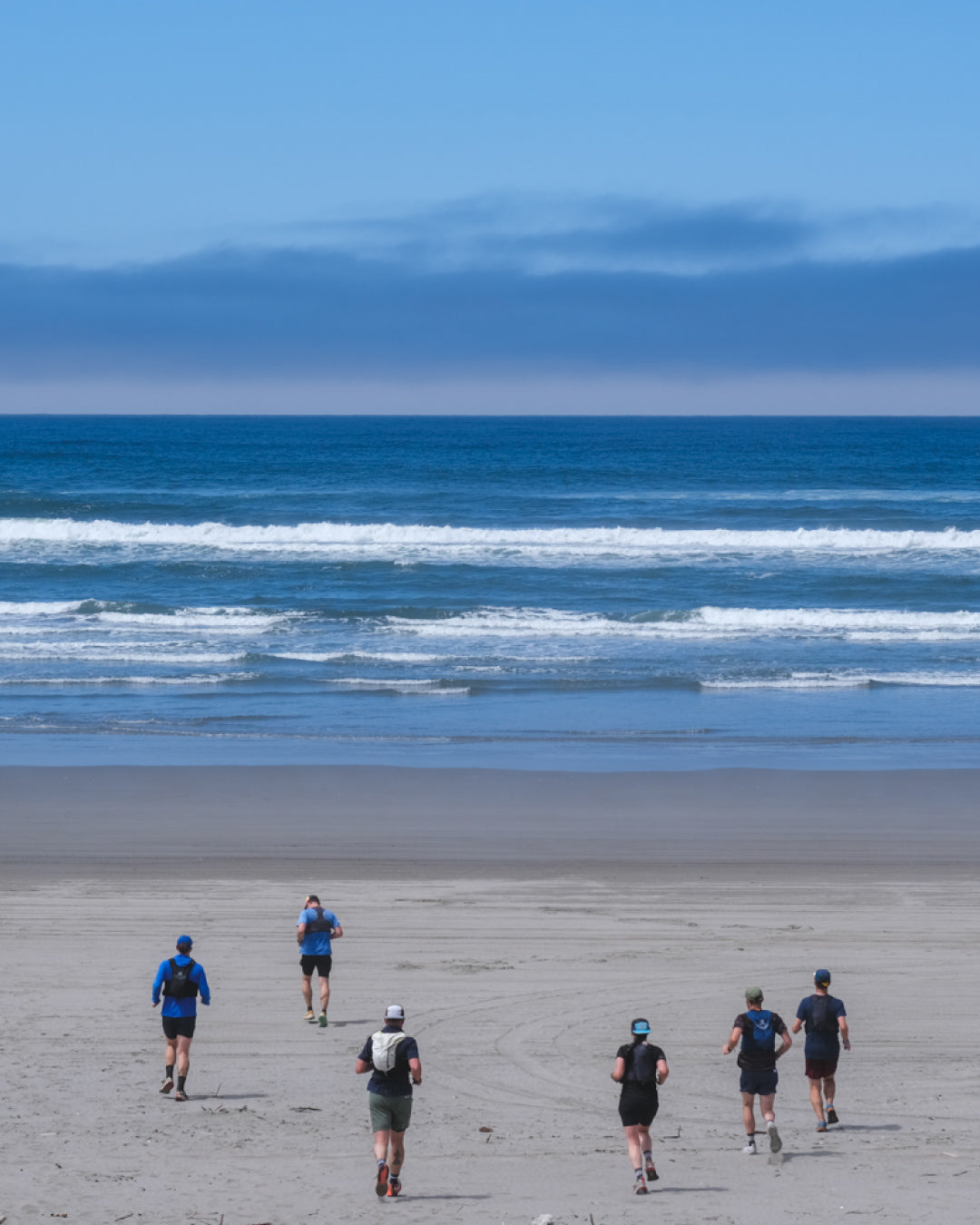
The Goonies Run
THE ROUTE (GPX FILE) The Goonies' House, Astoria to Haystack Rock, Cannon Beach Photos by Mack Robertson
The Goonies Run
THE ROUTE (GPX FILE) The Goonies' House, Astoria to Haystack Rock, Cannon Beach Photos by Mack Robertson
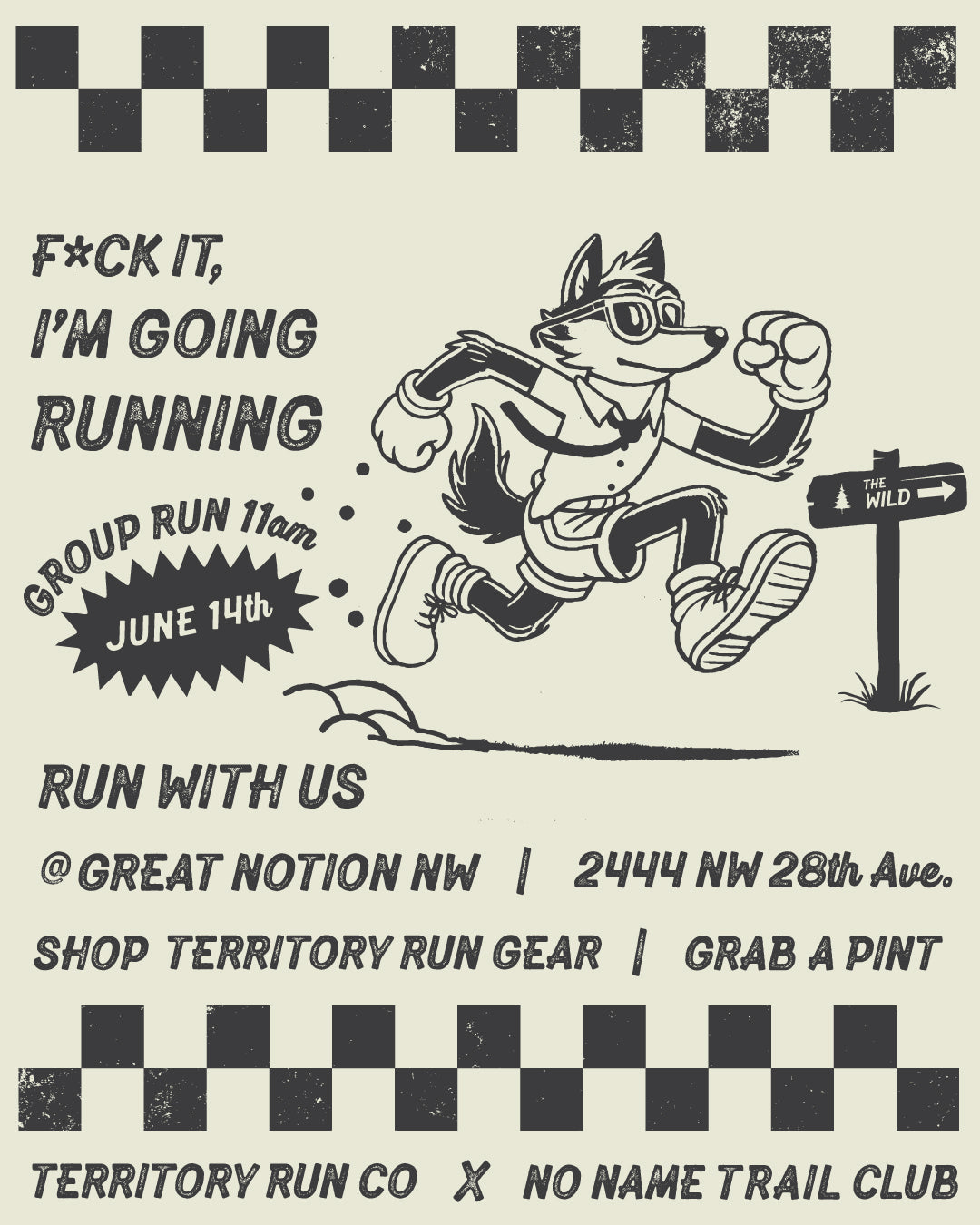
F*ck it, Let's Go Running w/ No Name Trail Club
We’re pumped to team up with No Name Trail Club for a group run that’s all about good vibes, dirt underfoot, and post-run beers with friends. We will be hosted by our friends at Great...
F*ck it, Let's Go Running w/ No Name Trail Club
We’re pumped to team up with No Name Trail Club for a group run that’s all about good vibes, dirt underfoot, and post-run beers with friends. We will be hosted by our friends at Great...
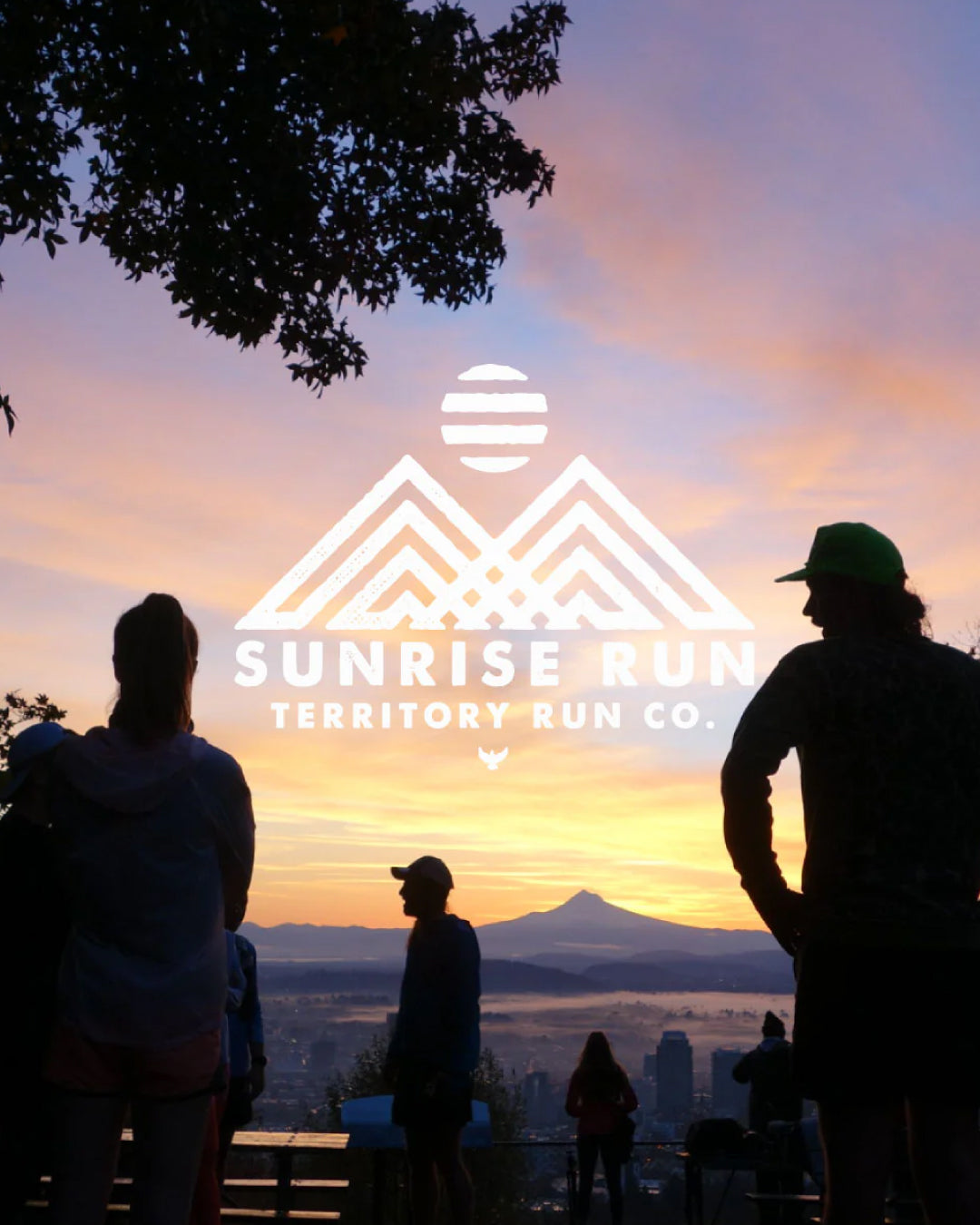
Sunrise Run
We are bringing back the fan favorite Sunrise Run. Free post-run coffee. SIGN UP HERE WHEN: Friday June 20th at 4:45am WHERE: Lower Macleay Park- 2960 NW Upshur St THE...
Sunrise Run
We are bringing back the fan favorite Sunrise Run. Free post-run coffee. SIGN UP HERE WHEN: Friday June 20th at 4:45am WHERE: Lower Macleay Park- 2960 NW Upshur St THE...
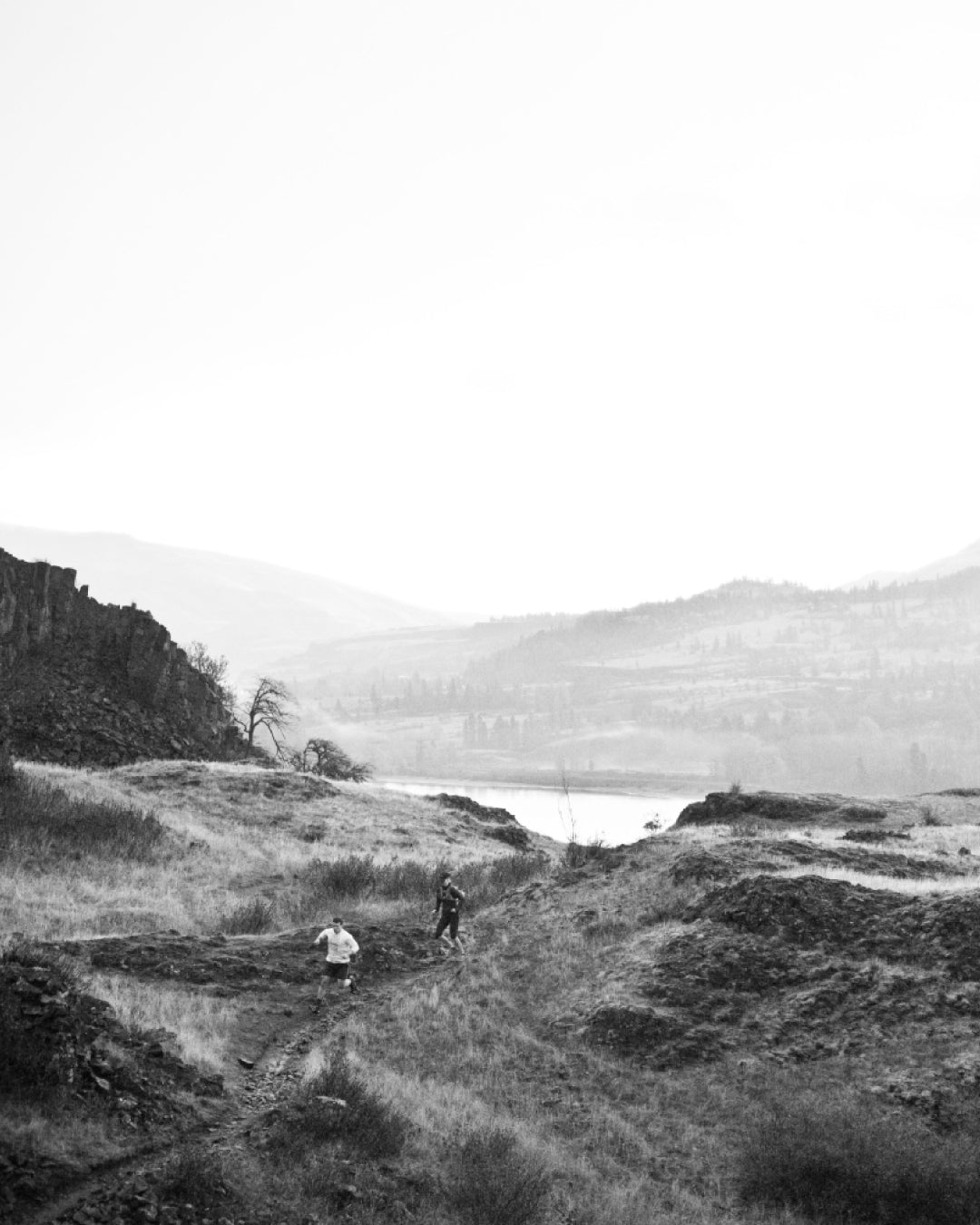
Why I RUN
A collection of short essays from our community around the world. Let’s be real: running isn’t about enlightenment or hashtag-worthy epiphanies. It’s about outrunning your own bullshit—the doubts, the chaos,...
Why I RUN
A collection of short essays from our community around the world. Let’s be real: running isn’t about enlightenment or hashtag-worthy epiphanies. It’s about outrunning your own bullshit—the doubts, the chaos,...
